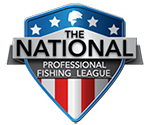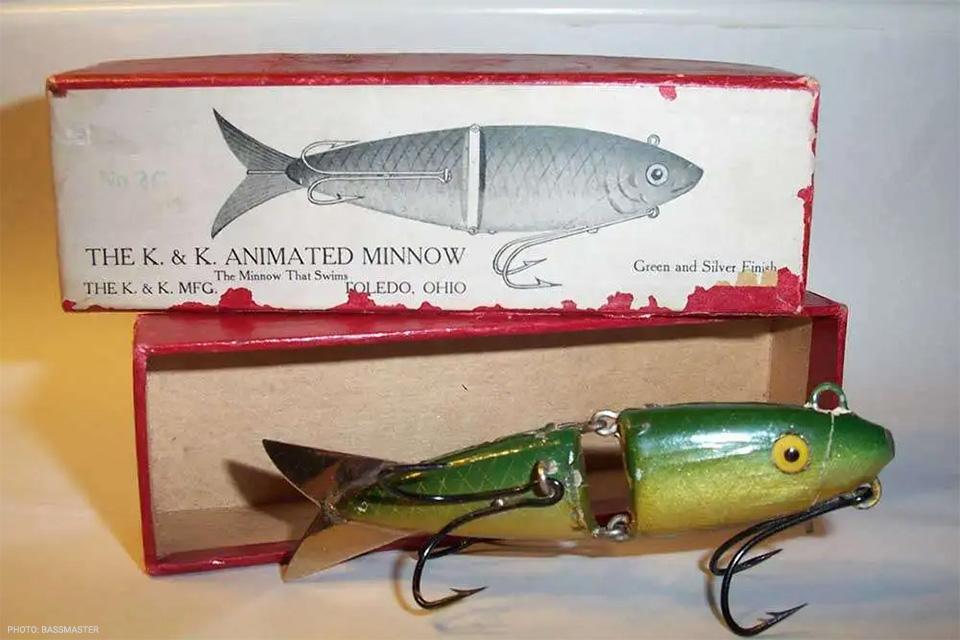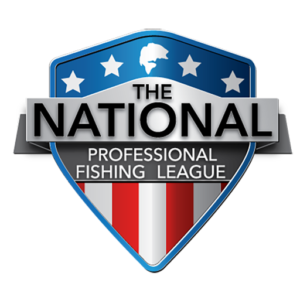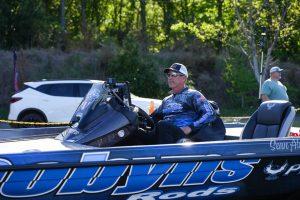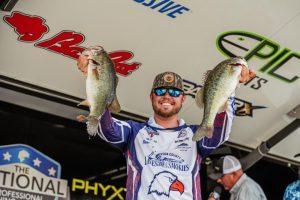Story by Ken Duke
The swimbait may be the most loosely defined of all the bass lure types. Years ago, when I was creating a glossary of bass fishing terms, I defined “swimbait” as “any of a loose group of lures that emulate baitfish and are frequently characterized by their large size in relation to other bass lures; swimbaits may be soft or hard lures, lipped or not lipped and one piece or jointed.”
I still mostly stand by that definition … though today I’d probably take out the part about size. Anyone who thinks size matters in defining a lure style is focusing on the wrong thing. For example, a spinnerbait is a spinnerbait whether it weighs 1/2 ounce or two pounds. Ditto for the swimbait, though I’ve had otherwise intelligent anglers tell me that a “swimbait” isn’t a “swimbait” unless it’s at least X inches long.
Of course, that’s ridiculous. Bait classification is about design and usage … not size.
Much of the size debate comes out of ignorance. A lot of anglers believe swimbaits were invented in the late 1980s or early ’90s when the swimbait craze hit Southern California’s big bass scene, but the bait type came out earlier — more than 70 years earlier, in fact.
The first commercial swimbait was the K&K Animated Minnow. It was the creation of Ohio lure designer John D. Kreisser (1869-1926), who started making jointed, wooden baitfish imitations in 1905 and received a patent on the Animated Minnow in 1907.
The first soft plastic swimbait might have been the Mister Twister Sassy Shad — a paddle tail-style minnow imitation that’s been around for more than half a century.
But if you ask some bass nuts, they’ll tell you that swimbaits were introduced in the 1980s when expert anglers and lure designers like Allan Cole and Ken Huddleston introduced baits like the AC Plug, Castaic Trout, and Huddleston Deluxe, three of the most influential lures of the time.
Cole’s AC Plug is a big, jointed wooden lure originally designed to be trolled for giant trout and striped bass, but when he started picking up the occasional largemouth weighing 15 pounds or more, it quickly got the attention of the bass world. Copycats came out of the woodwork, and soon many of the California record chasers were throwing “big wood.”
At about the same time, soft plastic swimbaits with paddle tails, boot tails, and wedge tails grew in size and popularity. All owed a debt to the original Sassy Shad, though few recognized the connection. Baits from eight to 16 inches were popular in colors that matched the stocked rainbow trout government agencies were using to fatten up bass in many California waters.
As with anything good, word and application spread. What exploded out of California’s trophy bass waters moved east and north. Lure offerings expanded. Some were smaller to match smaller forage. Soon there were color patterns other than rainbow trout. Some added joints for greater realism and fluidity. Some sank slowly; others sank fast; still others floated or waked. Glide baits became a hot “new” subcategory, even though glide baits are hardly new.
Today, the term “swimbait” is almost as nebulous as the methods used to fish these almost unclassifiable lures. At times, almost any retrieve can work — from deadsticking to burning — and at other times, nothing seems to work. But that’s bass fishing.
Maybe the very best thing about the swimbait category is that it’s versatile, even if individual swimbaits tend not to be versatile at all. With a diverse collection of hard and soft swimbaits in a variety of colors and sizes, a skilled bass angler can usually find a path to a few bass, including some good ones.
And no one needs a dictionary for that — just a big tacklebox.
